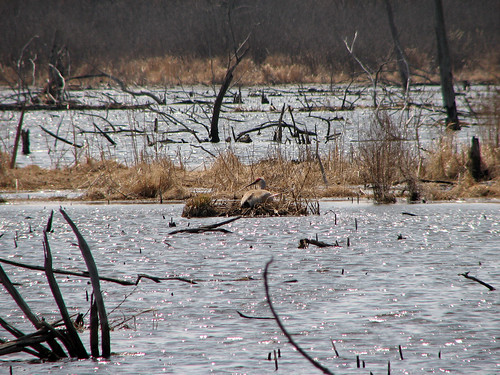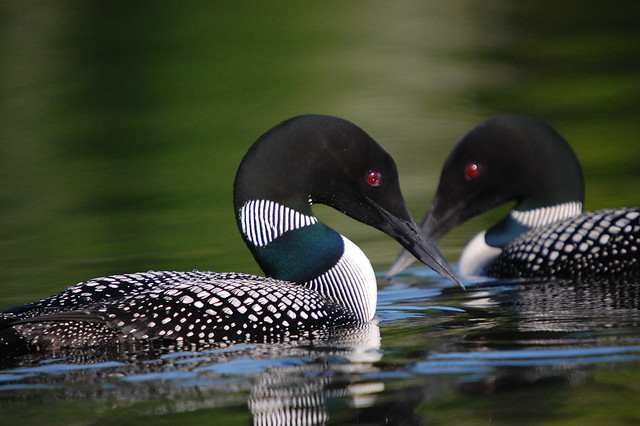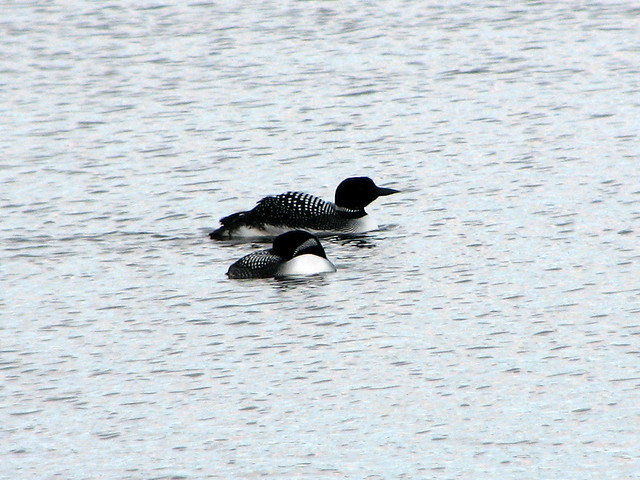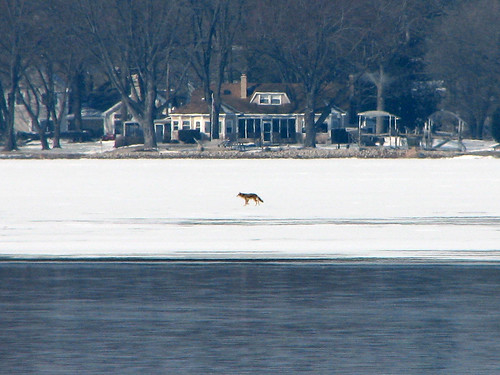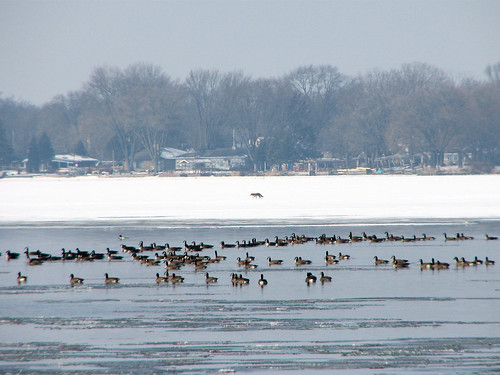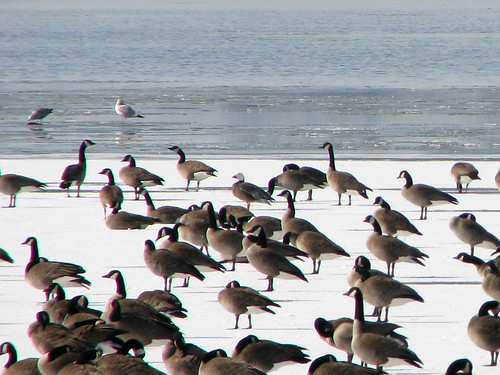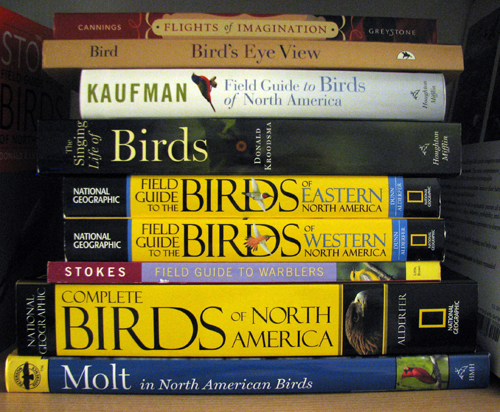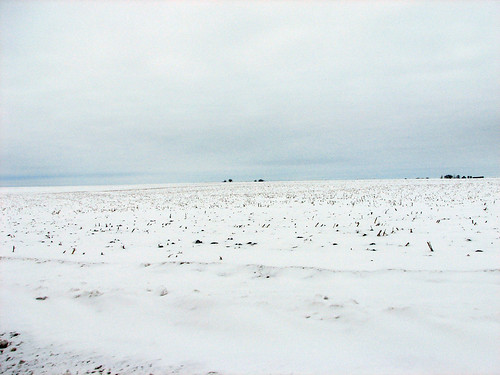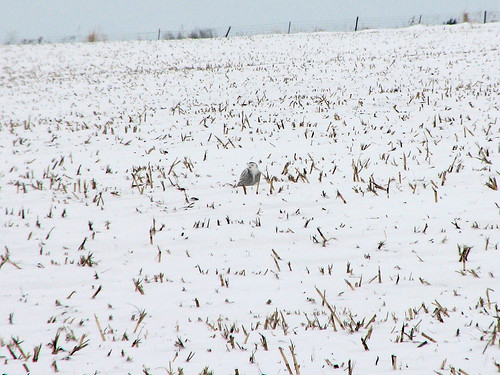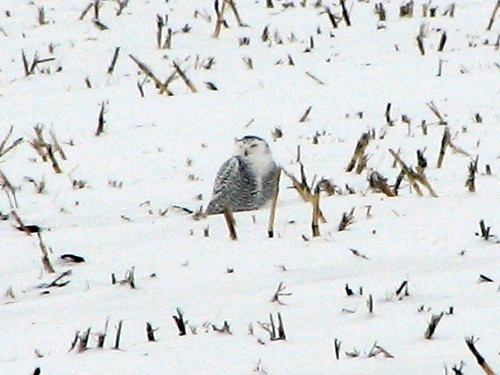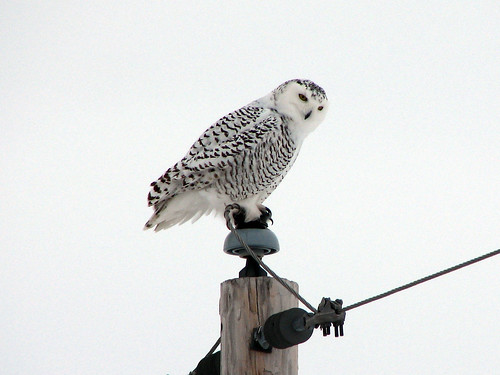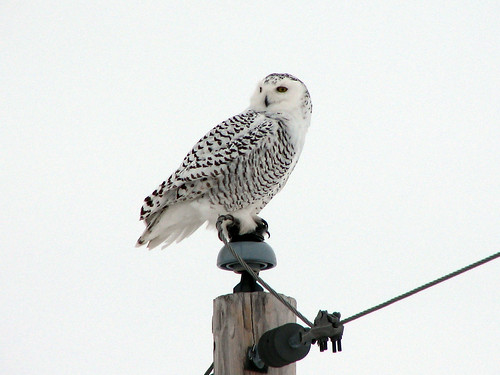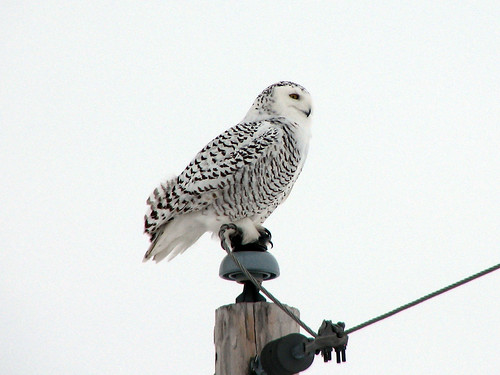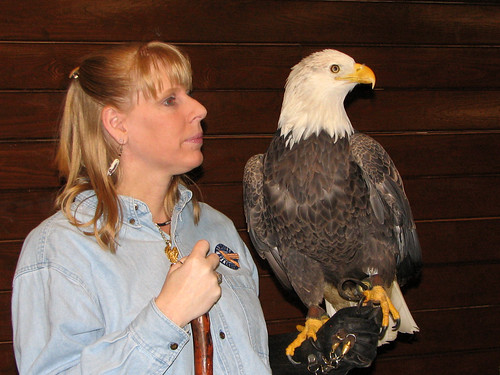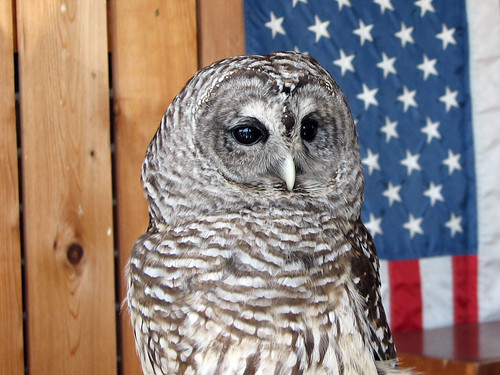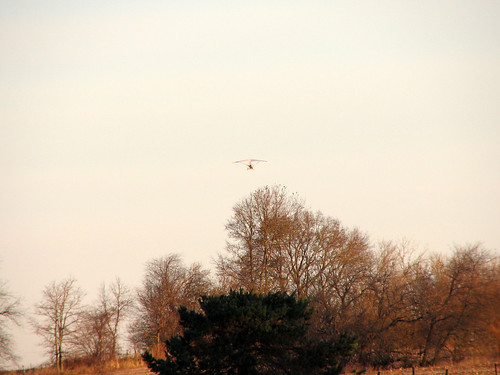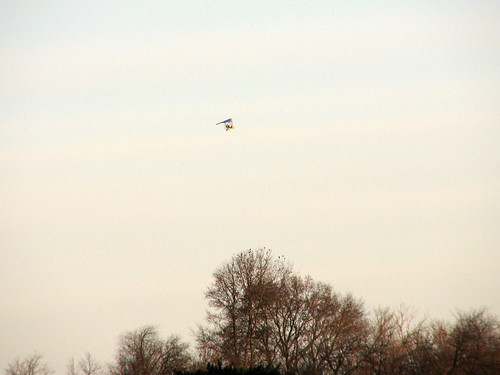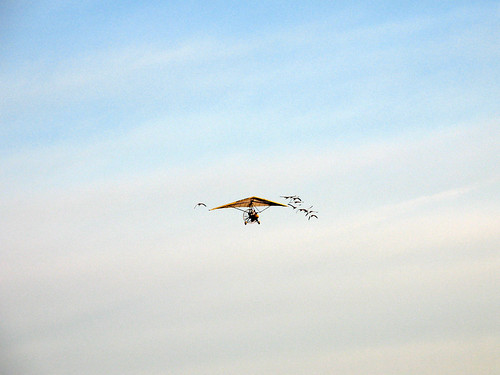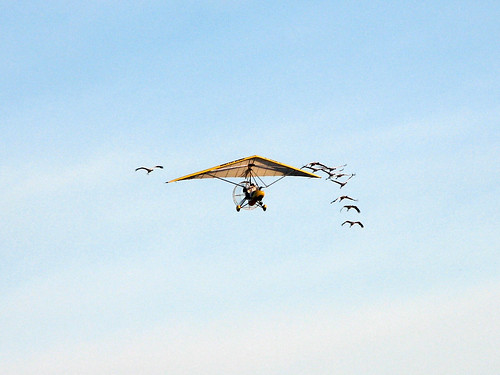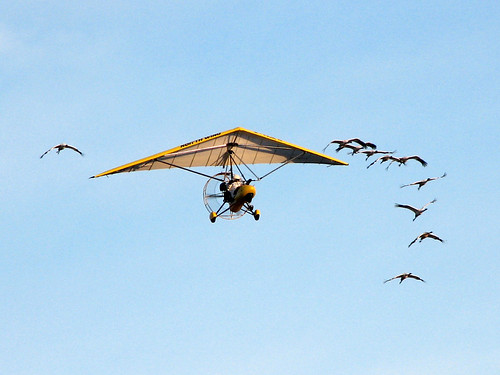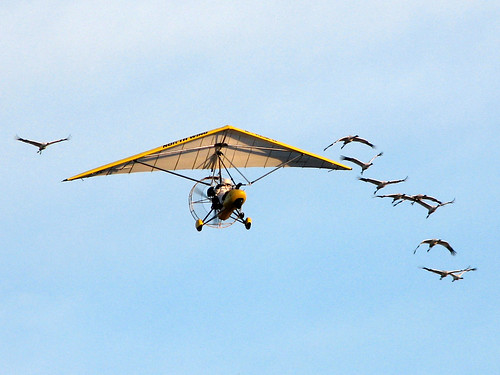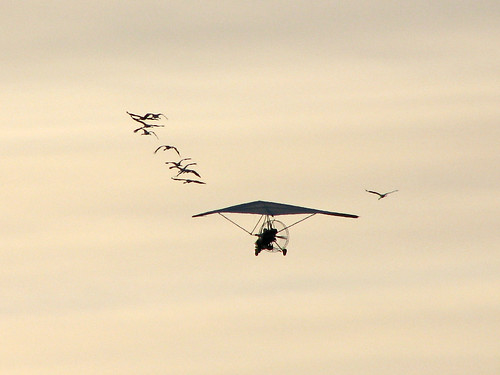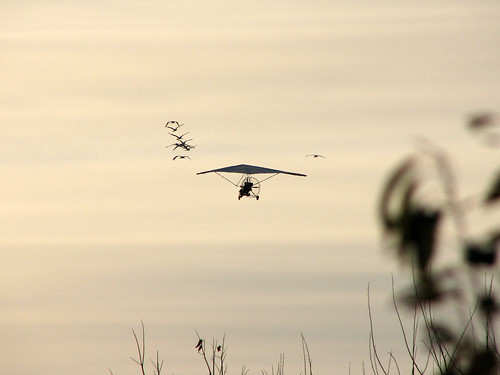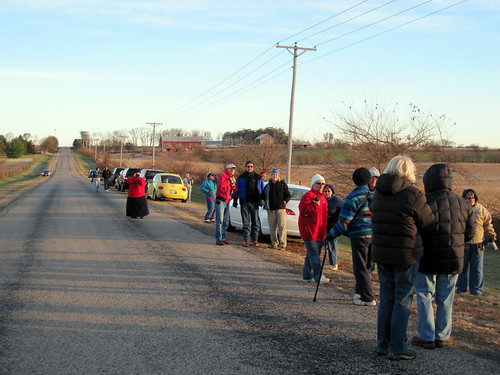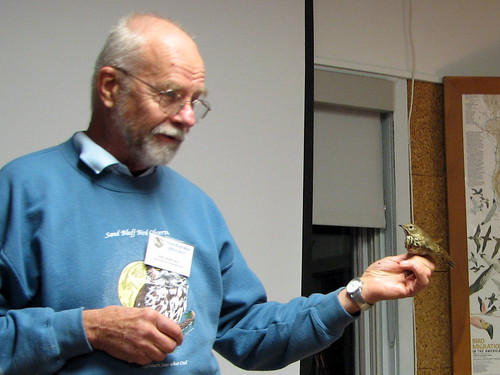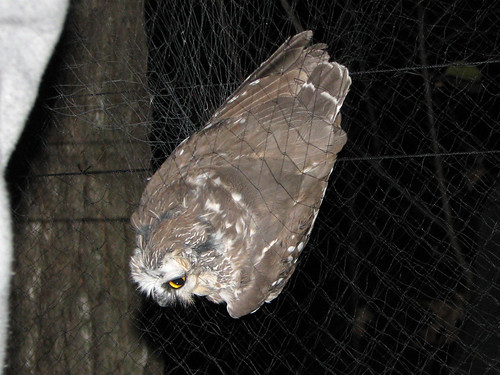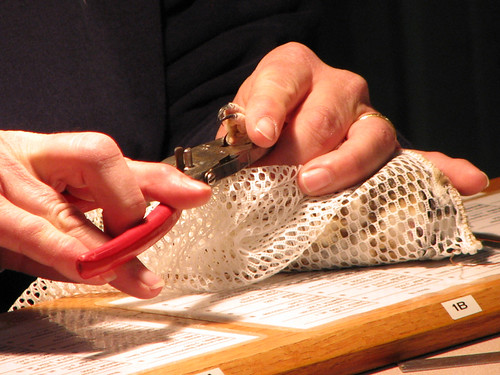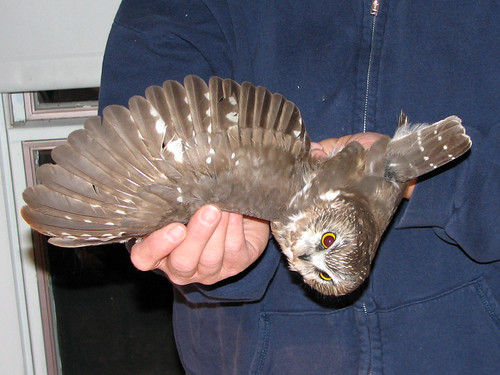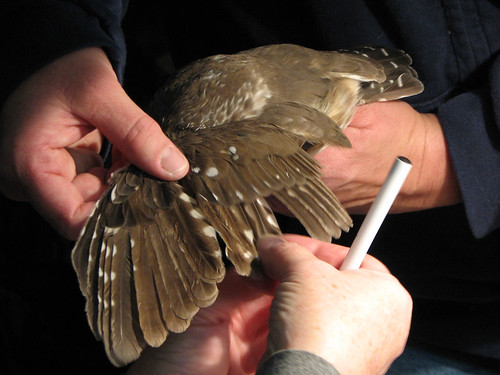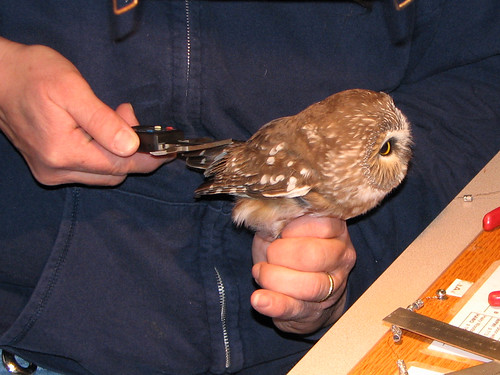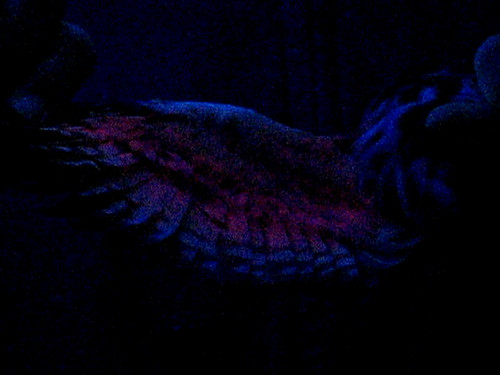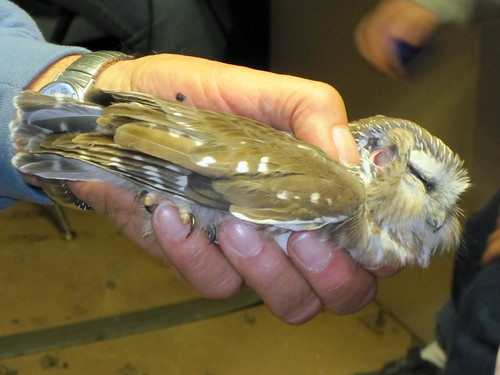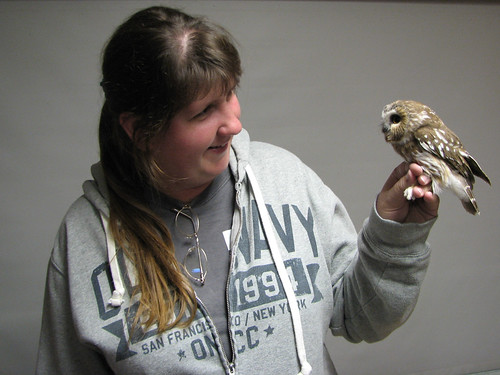A little R&R at H&H
In mid-March Arthur and I joined our bird club, Lake-Cook Audubon, on a waterfowl weekend trip down to DeKalb, La Salle and Putnam counties in north-central Illinois. In the weeks prior to the trip we had been feeling overworked and stressed out about some personal issues, so a weekend of birding was just what the doctor ordered.
The weather was seasonably cool with clear skies on Saturday and intermittent rain on Sunday. Overall it was a really nice weekend where we picked up 16 year birds, including American White Pelican flying over Buffalo Rock State Park, Barred Owl (heard only) at Matthiessen State Park, and Pileated Woodpeckers in Putnam County. We also picked up three lifers for the trip, although I’m pretty sure we’d seen Canvasback and Eurasian Tree Sparrow before. The other lifer was Ross’s Goose.
Our itinerary included a lot of area birding hotspots we’d heard of before but never previously had the chance to visit, including Shabbona Lake State Park and Hennepin and Hopper, our main destination on Sunday.
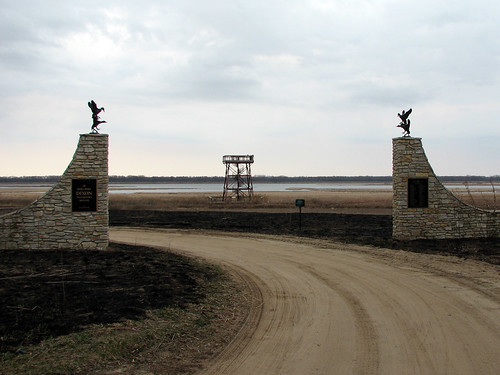
The entrance to the Dixon Waterfowl Refuge
Hennepin and Hopper are two backwater lakes of the Illinois River. In the 1800s the area was known as an outdoorsman’s paradise, with legendary prosperity in both hunting and fishing. However, in the late 1800s the land was developed with levees and ditches. A pumping station lifted the water into the river and the land was claimed for agriculture. By 2000 the land was owned by eight private landowners. The Wetlands Initiative (TWI) transferred the lands of the Hennepin Drainage and Levee District to a private nonprofit organization. TWI moved to restore the hydrology of the land to its original condition. After just one season of work, flora and fauna that had been absent from the area since it was first developed began to recolonize the site. In 2005 the site was dedicated as the Dixon Waterfowl Refuge. The site faced another challenge in the late 2000s, when huge numbers of common carp infested the lakes. In 2008, waterfowl numbers were down 90% compared to the peak season of 2004. In 2009 the water was drained in order to remove the carp. Water levels were restored, the lakes were stocked with native fish, and the waterfowl and other native fauna has returned.
A large viewing platform looks over the lakes. Our group climbed to the top and looked over the water through our scopes.
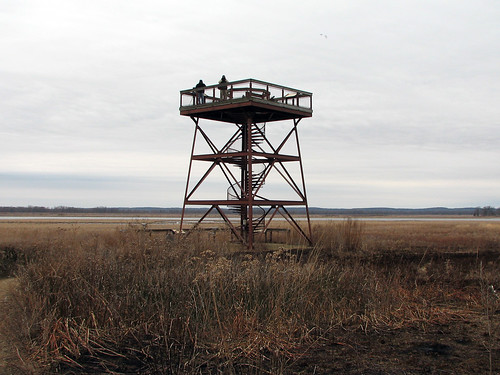
This impressive viewing platform gives birders a great view over the lakes and wetlands
Waterfowl on the lakes included Wood Duck, Gadwall, Northern Shoveler, Northern Pintail, Canvasback, Ring-necked Duck, and Bufflehead.

Hennepin and Hopper on a drizzly March day
After checking out the water from the main viewing platform we walked out to another vantage point along the lakes. Normally we might have chosen to drive out, especially since it was threatening rain, but a truck got stuck in the muddy road and made it impossible for any other cars to pass.
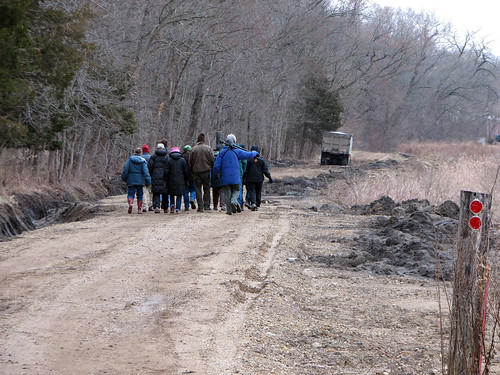
Birders walking to another vantage point
We had a great visit at Hennepin and Hopper, the headline location for the weekend birding trip. I’m looking forward to visiting again. From the site stewards we learned that the marshes usually attract a fair number of nesting Yellow-headed Blackbirds – an extra reason to return!



